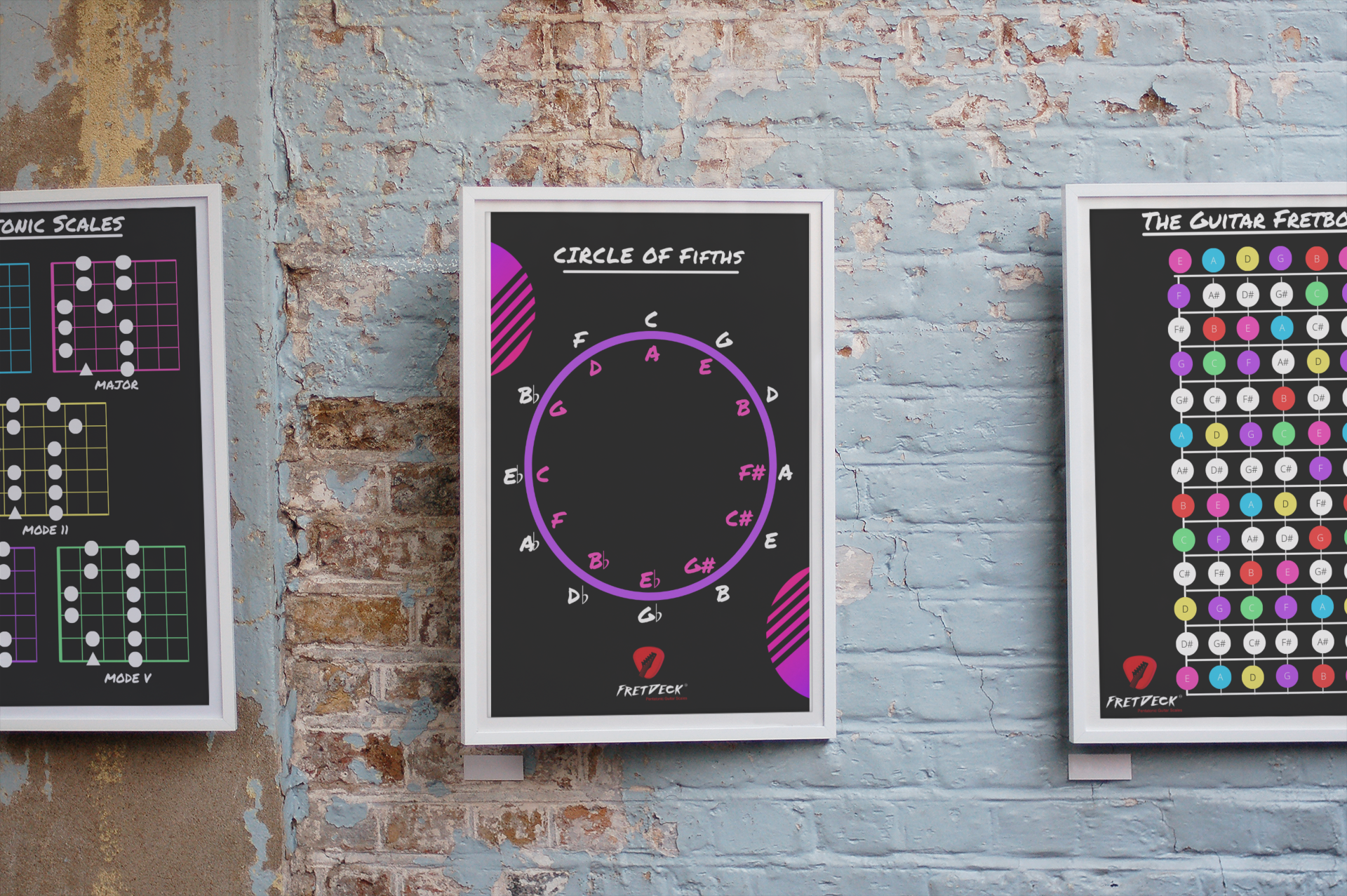Learning to play guitar isn’t just about scales or fancy licks—it’s about understanding guitar chord chart and how they unlock every progression you love. If you’re still fumbling through YouTube tutorials and random PDFs, pause right now. This guide is your proven blueprint to mastering chords with clarity and purpose.
Inside, you’ll discover exactly how a guitar chord chart becomes your musical roadmap—one that can transform how you play, write, and improvise.
Why Every Guitarist Needs a Guitar Chord Chart (Yes, Even You)
A guitar chord chart isn’t simply a diagram. Instead, think of it as a map to complete musical freedom.
Whether you’re picking up your first instrument or gigging every weekend, chord charts help you:
✅ See exactly where your fingers belong
✅ Understand what makes a chord feel major, minor, or dominant
✅ Build progressions that sound authentic
Here’s the structure:
- Vertical lines show strings (leftmost is low E)
- Horizontal lines indicate frets
- Dots and numbers tell you which fingers to use
For example, want to play a G major chord? It’s right there—no guesswork. Later, you can move it up the neck to create barre chords, expanding your chord vocabulary effortlessly.
🎁 Get Your Free 27 Guitar Chord Charts
Ready to skip the frustration? Download our FREE set of 27 guitar chord charts so you can start practicing like a pro.
You’ll receive:
✅ 12 Major Chords (C to B)
✅ 12 Minor Chords (Cm to Bm)
✅ 3 Dominant 7th Chords (G7, C7, D7)
Why 27? Because these chords form the backbone of everything—rock, pop, blues, jazz, and beyond.
👉 Download the Free Guitar Chord Charts Now
How to Read a Guitar Chord Chart Without Wasting Time
Many players skim a chart but never internalize it. To avoid that trap, follow these steps:
1️⃣ Start with Clean Finger Placement
Instead of rushing, press each note carefully. Eliminate buzzing and muted strings.
2️⃣ Master One Key First
For instance, focus on G major chords until they feel effortless. Only then, move on to another key.
3️⃣ Connect the Shapes to Sound
As you play, say the chord name out loud. This reinforces muscle memory and ear training.
4️⃣ Build Progressions Intentionally
Combine chords into real music rather than drilling them in isolation.
5️⃣ Layer Rhythm and Timing
Using a metronome, practice smooth transitions and strumming patterns.
Transition from Charts to Fretboard Mastery with FretDeck™
While chord charts give you the foundation, they don’t show you how chords and scales connect. That’s where most guitarists stall out—struggling to bridge rhythm and lead.
FretDeck™ solves this instantly.
This no-fluff system includes:
🎯 60 cards showing pentatonic scales across the entire fretboard
🎯 Chord overlays that pinpoint where to solo
🎯 Guided practice prompts that turn theory into music
👉 Back FretDeck™ on Kickstarter and transform your playing
Already thousands of players are discovering how FretDeck™ can fast-track their progress. Will you be next?

❌ Stop Guessing. Start Shredding.
If you’re still fumbling through scale patterns and box shapes… it’s costing you progress.
FretDeck™ is the no-fluff system that shows you exactly how to master the fretboard—fast. Early access.
⚡️ This isn’t for dabblers. It’s for players who want results.
👉 Click here to join the pre-launch now
Early access. Limited rewards. Don’t wait.
Join Guitar Freaks Hangout for Exclusive Training
Learning guitar alone is slow. Inside Guitar Freaks Hangout, you’ll get:
✅ Jam tracks to practice your new chord progressions
✅ Personal support when you get stuck
✅ My full Fret Logic eBook, free
👉 Join the Guitar Freaks Hangout Discord Now

Join Guitar Freaks Hangout on Discord! 🎸
Get Fret Logic FREE!
Join the Guitar Freaks Hangout Discord and get exclusive access to my entire e-book, Fret Logic! Master the fretboard and elevate your solos with this comprehensive guide.
👉 Don’t miss out—join now and download your free copy!
Pro Tips for Practicing with Your Guitar Chord Chart
To make your chord chart practice stick:
- Warm up with common transitions. Try C–G–D progressions every day.
- Write your own chord progressions. Even a four-chord loop helps you internalize shapes.
- Play with a metronome. Timing is everything.
- Use FretDeck™ to overlay scales. This shows you exactly how solos fit over chords.
For more step-by-step guides, see this complete beginner guitar lesson resource.
Final Thoughts: A Guitar Chord Chart is Just the Beginning
A guitar chord chart gives you the tools to build any song. However, real mastery happens when you combine those chords with scales, phrasing, and rhythm.
Today, make the choice to level up:
✅ Download your 27 free guitar chord charts
✅ Back FretDeck™ and unlock complete fretboard fluency
✅ Join the Guitar Freaks Hangout community
You’ll never look at your guitar the same way again.
🎯 Ready to Transform Your Guitar Playing?
👉 Download Your Free Guitar Chord Charts
👉 Back FretDeck™ Today for Exclusive Rewards
👉 Join the Guitar Freaks Hangout Discord
Your fretboard journey starts here. Let’s go.
The Secret Connection Between Guitar Scales and Chords (Most Players Miss This)

Download FREE Guitar Charts!
We have 27 FREE guitar charts to help you learn the guitar fretboard. Learn How to play chords and scales with these free resources.
Free Guitar Resources










